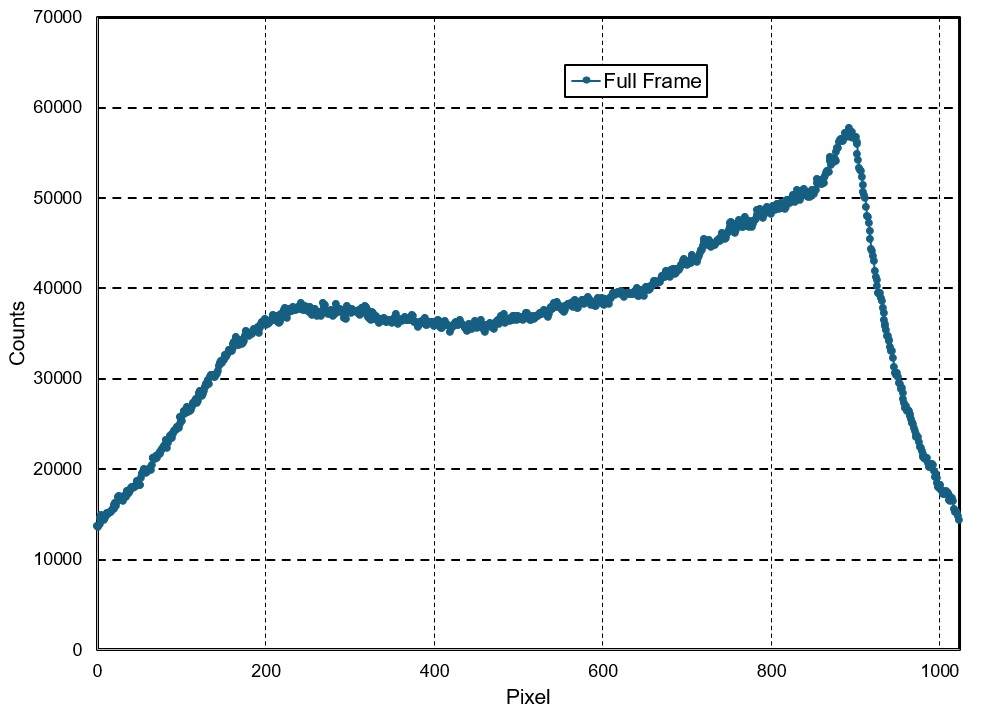Background
Impact flash is a physical phenomenon resulting from conventional and hypervelocity impact. The emission of the flash is related to the composition of the target; thus, spectrographic measurements provide spectral data that could be used to identify the materials involved in the collision. In many instances, impact flash is the sole source of information that can be recorded following these events. For this reason, it is necessary to develop diagnostic techniques that can enhance current understanding of the complex physical phenomena underlying hypervelocity impact.

Figure 1: Sample Broadband Spectrum of High Intensity Flash Obtain During Benchtop Testing
Approach
The objective of this project is to develop and demonstrate the ability to characterize the materials involved in hypervelocity impacts through high-speed spectrographic measurements at temperatures and pressures of interest. In this program both the small and large two-stage light gas guns (LGGs) will be used. During the first part of the program, the smaller LGG will be used to demonstrate the ability to record and process impact flash spectra. For the second part of the program, the large two-stage LGG will be used since this facility can launch larger projectiles that are of interest in meteorite and missile defense applications. These data sets will provide time-resolved data that can be analyzed to extract additional information about the process generating the impact flash.
Accomplishments
This project started only three months ago. To date, benchtop experiments using a high intensity flashlamp to simulate the impact flash have been conducted. These experiments are necessary to ensure the timing accuracy of the data acquisition system during the experimental test campaign.

